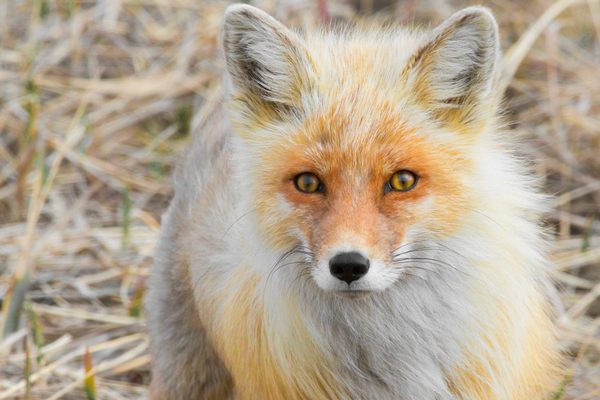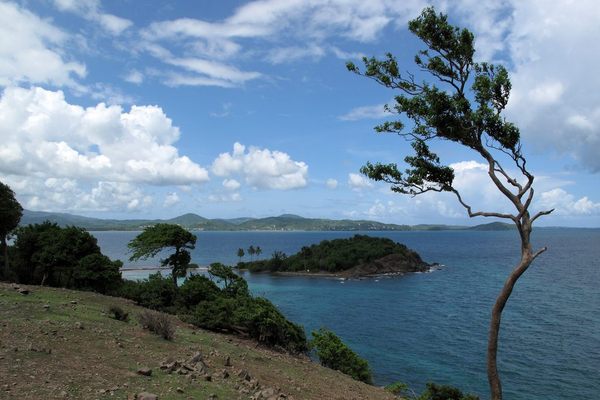Monkeys in the Falling Snow: Japan’s Best Wildlife Photo Opp
Jigokudani Monkey Park (all photographs by the author)
It’s not easy to get to Jigokudani Monkey Park, which is probably why it still exists. The nearest town, Yamanouchi, is nestled deep in the Japanese Alps — the mountain range that forms the jagged spine of the island of Honshū. The town is a four hour train ride from Tokyo, and the park a further half-hour hike from its outskirts, along a narrow mountain path often covered in snow.
The distance affords Jigokudani some relief from the throngs of tourists who crowd into the attractions closer to Tokyo. Nevertheless, the park hosts a steady stream of visitors even in the most inclement of weather, all of whom have come to see a troop of Japanese macaques bathe in a natural hot spring.

The macaque is an exceptionally intelligent animal, and researchers have long been intrigued by its ability to both learn new skills and pass those skills down to subsequent generations. In 1954, for example, a female macaque named Imo learned to wash the sand off of her sweet potatoes by dunking them in the sea; later, she and her troop started dunking all their food in the ocean, sand or no sand, because they liked the salty taste. Japanese macaques have also been observed playing with snowballs and sticks, and there have been reports of macaques near Osaka stealing wallets and purses and using the coins inside to buy food from vending machines.
Then again, a macaque named Zoro once ruled his troop for almost 12 years because he stole a banana from the previous alpha male, so perhaps the reports of their intelligence are a trifle overstated.
Over the years that they’ve bathed at the hot springs, the macaques of Jigokudani have become fairly human-indifferent — as far as I could tell, they paid us no attention at all. Some of the human visitors weren’t very polite, ignoring the many signs imploring them to keep their distance, instead crowding around the macaques for photo ops.
To be fair, it was often difficult to avoid interacting with the monkeys. At one point, I was crouching down to photograph one macaque when I felt something brush my side; another macaque was using me as a sort of lean-to for protection from the falling snow.
Visiting Jigokudani is like activating a cheat code for wildlife photography: not only are the monkeys extremely cute, with their old-man-faces and their wide, expressive eyes, but you can also get as close to them as you like. I kept imagining a National Geographic photographer, fresh from a blind in the Serengeti or something, wandering around the park muttering “bullshit” under his breath.
At times the whole scene seemed a bit silly, all of us wandering among the monkeys, furiously snapping photographs. Our presence, and the lengths we had gone through to get to the park, was proof that someone else’s photographs weren’t wholly satisfying, and we hauled our DSLRs and tripods up the mountain nevertheless. There’s just something innately compelling about these macaques and their curious habits, and we wanted to see them for ourselves, and capture them as best we could.
All photographs by the author.
Discover more of the world’s fascinating primates on Atlas Obscura >
















Follow us on Twitter to get the latest on the world's hidden wonders.
Like us on Facebook to get the latest on the world's hidden wonders.
Follow us on Twitter Like us on Facebook